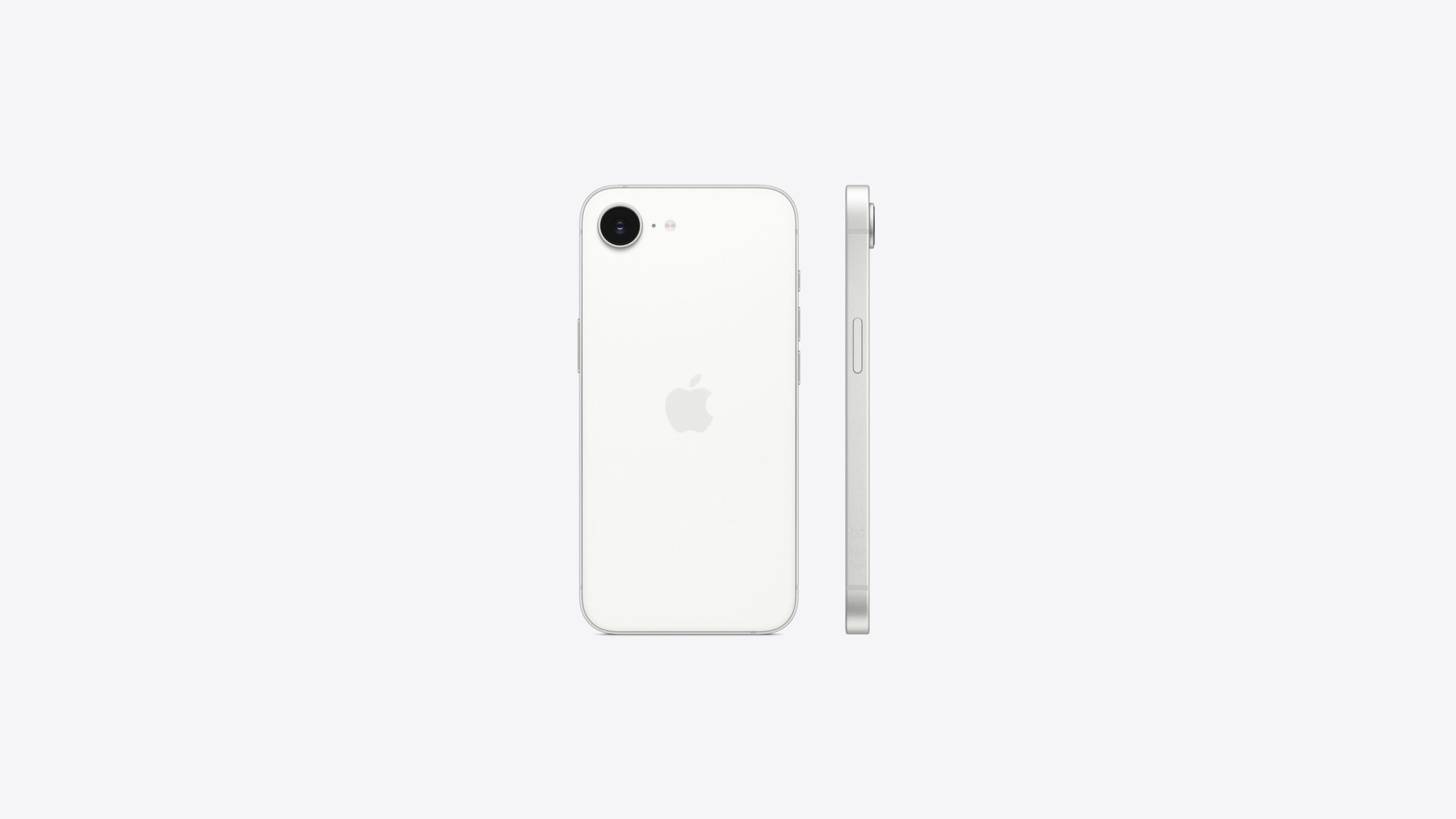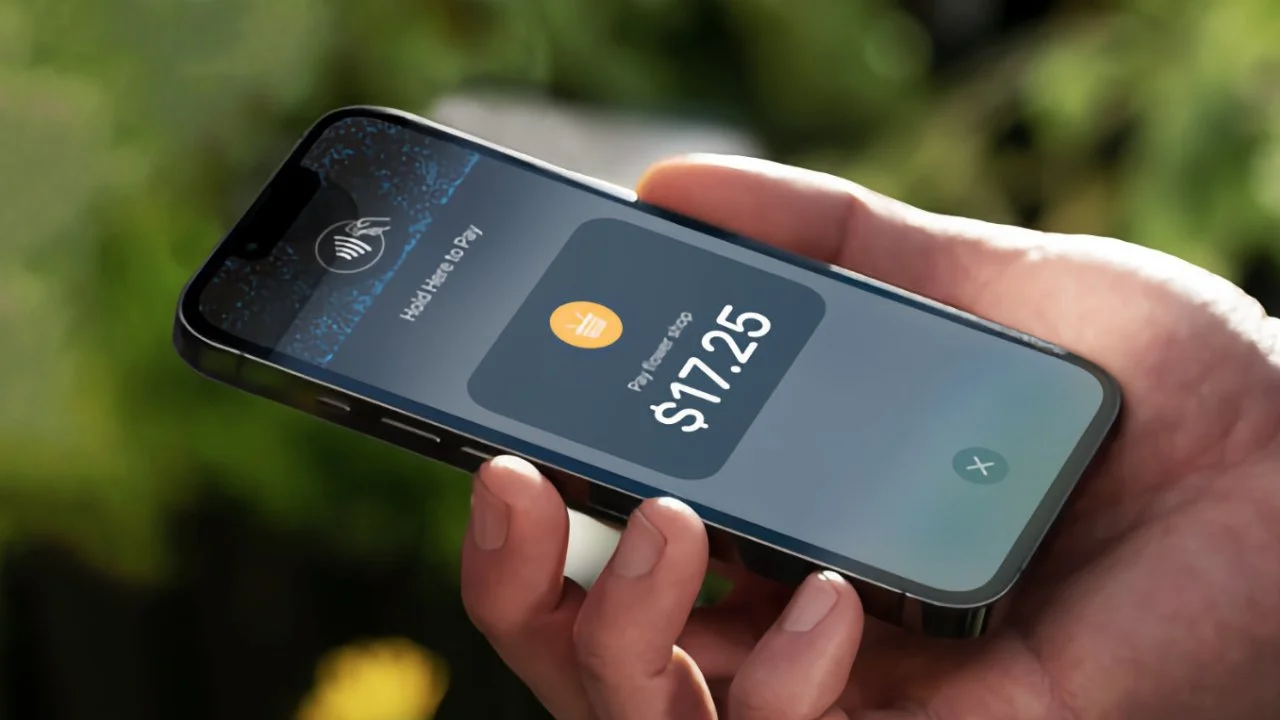Apple has just rolled out a fresh test version of iOS 18.4, called the Release Candidate (RC), and it’s ready for users to try out. This step means the official launch is super close, probably happening any day now! The RC build is like a final sneak peek before the big release, giving people a chance to check out what’s new and improved.
This update brings some cool stuff to your iPhone. One big change is better support for hearing aids, making it easier for people to connect and use them with their phones. There’s also a handy new tool that turns your voice into text in real time—perfect for quick notes or chats. Plus, the Wallet app now lets you see more details about your stored cards, so managing them is a breeze.
The update isn’t just about new tricks—it also fixes bugs and makes your phone run smoother. Apple’s been listening to feedback from testers to polish things up. If you’re eager to try it, you can grab this RC version if you’re part of Apple’s testing program. Just head to your settings and look for the update.
With iOS 18.4, Apple is keeping things simple yet powerful, adding features that make your iPhone even more helpful. Get ready—the full release is almost here, and it’s packed with goodies to make your day-to-day life easier!





